Disclosure: This article contains affiliate links. We may earn a commission from purchases at no extra cost to you, which helps our travel content.
Like a forgotten manuscript rediscovered on a dusty shelf, South Bend, Indiana has undergone a remarkable revision in recent years. Standing on the banks of the St. Joseph River last weekend, watching kayakers navigate the East Race Waterway where factory workers once toiled, I couldn't help but think of how this post-industrial city has skillfully edited its narrative without erasing its rich backstory. Most visitors know South Bend only as home to the golden dome of Notre Dame, but beyond those hallowed academic grounds lies a city rewriting itself—transforming abandoned factories into vibrant public spaces, restoring Gilded Age mansions, and cultivating neighborhoods where innovation and preservation coexist in fascinating harmony. As someone who's spent decades helping authors refine their stories, I find South Bend's evolving urban tale particularly compelling—a place where history isn't relegated to museums but forms the foundation for a thoughtful, sustainable future.
The River's Renaissance: South Bend's Waterfront Revival
The St. Joseph River has always been South Bend's narrative spine, but recent years have seen this waterway transform from industrial backdrop to the centerpiece of urban revival. The river's bend—which gives the city its name—creates a natural amphitheater downtown where century-old factories now house apartments with waterfront views.
My exploration began at the East Race Waterway, North America's first artificial whitewater course. Originally constructed as a millrace to power factories, this repurposed channel now draws kayakers and rafters to its challenging rapids. I spent a contemplative hour on the adjacent River Lights installation, where interactive light sculptures respond to movement, illuminating both banks with choreographed displays after sunset. The installation reads like visual poetry against the night sky, a metaphor for the city's rekindled energy.
Following the river walk south, I discovered Howard Park, recently reimagined with an impressive playground, event lawn, and a winter ice trail that winds through the landscape rather than confining skaters to a traditional rink. The park's design brilliantly balances recreation with quiet contemplative spaces—a skillful edit of urban green space.
For those interested in exploring the waterway itself, I recommend the inflatable kayak which several locals told me is perfect for the calm stretches between the East Race and the dam. The river offers a unique perspective of the city's architecture, revealing the backs of historic buildings where loading docks and industrial infrastructure tell stories that street-facing facades often conceal.
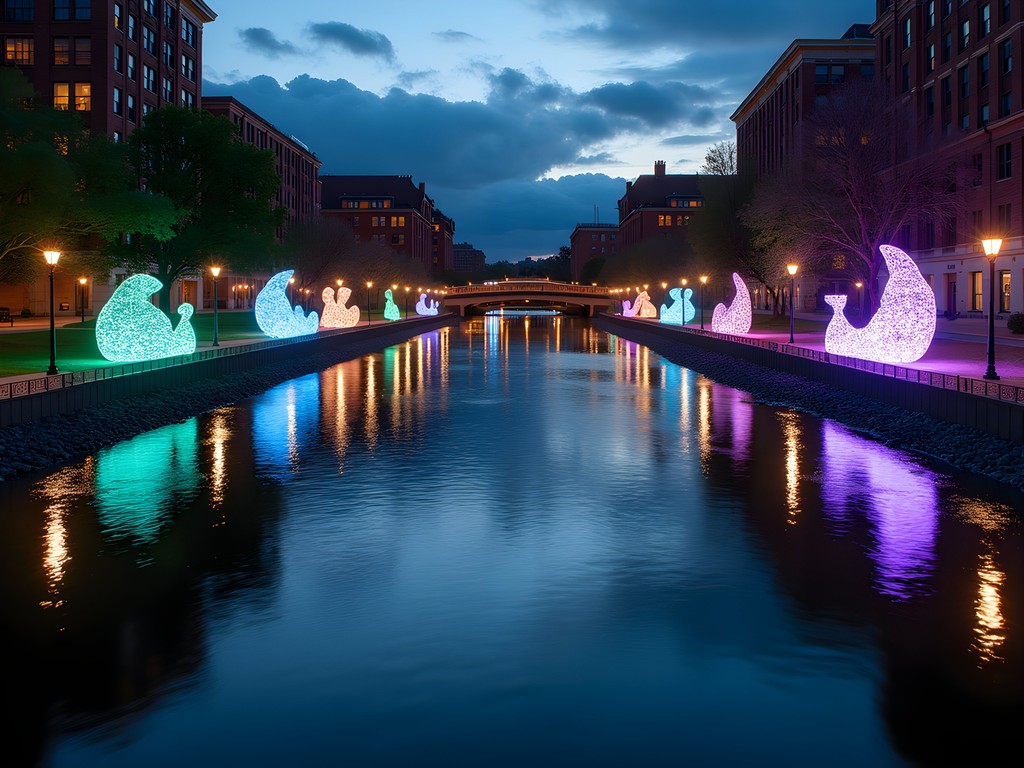
💡 Pro Tips
- Visit the River Lights installation just after sunset (around 9:15 pm in spring) when the light show is most dramatic against the darkening sky
- Howard Park's café serves excellent locally roasted coffee—perfect for warming up after a morning river walk
- The East Race Waterway operates seasonally on weekends—check the city's website for rafting schedules and rates
Industrial Palimpsests: The Studebaker Legacy
South Bend's identity was long entwined with Studebaker, the wagon-turned-automobile manufacturer whose sprawling factory complex once employed thousands. When production ceased in 1963, it left a void both economic and psychological. Today, those industrial bones are being repurposed in ways that honor their history while creating spaces for innovation.
The Studebaker buildings exemplify what I've come to think of as 'architectural palimpsests'—structures where multiple eras coexist visibly, like pages of text written one over another. At Renaissance District, the former Studebaker assembly plant now houses tech startups and innovation spaces. Walking through its cavernous halls, I traced my fingers along original brick walls now supporting fiber optic cables—the juxtaposition as striking as finding marginalia in a first edition.
The Studebaker National Museum provides essential context for understanding this transformation. Here, gleaming vintage automobiles tell the story of American manufacturing prowess and design evolution. I was particularly moved by the collection of presidential carriages, including the one that carried Abraham Lincoln to Ford's Theatre on that fateful night.
For photography enthusiasts exploring these industrial spaces, I found my wide-angle lens indispensable for capturing the vast interiors and architectural details. The challenging lighting conditions of these former factories—where bright windows contrast with shadowy corners—demand equipment that performs well across varied exposures.
Don't miss the smaller Studebaker spin-offs scattered throughout the city. The former Studebaker workers' homes in the Near Northwest neighborhood tell an equally important story about the company's influence on domestic architecture and urban planning.
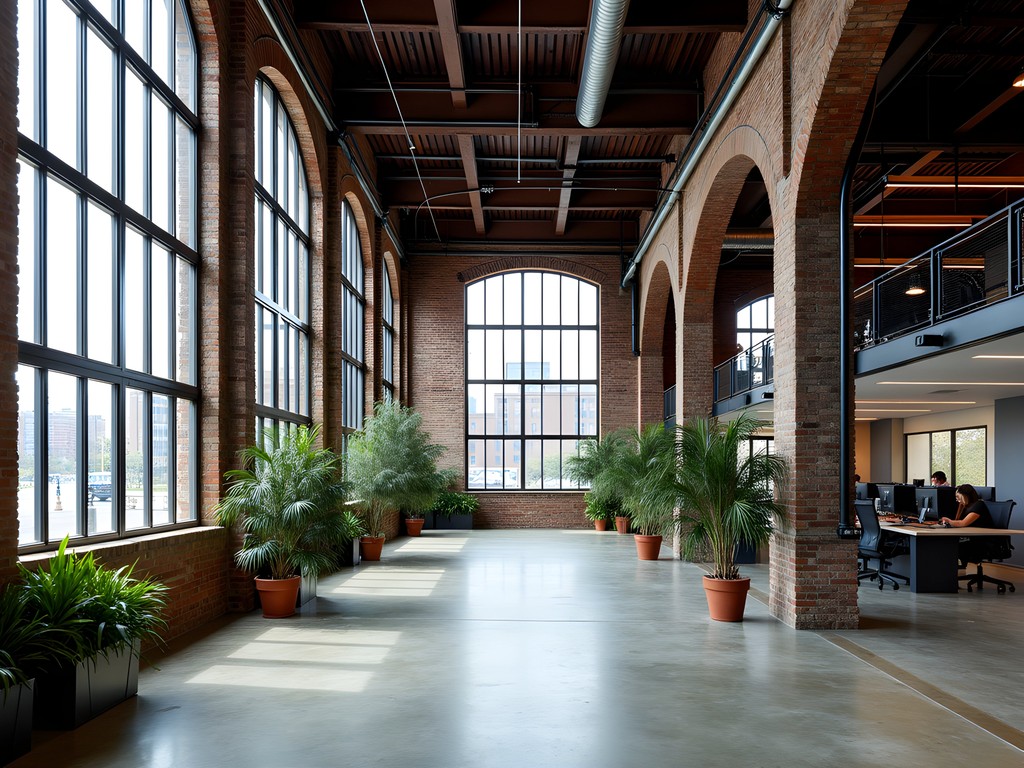
💡 Pro Tips
- The Studebaker National Museum offers combination tickets with The History Museum next door—worth the package price
- Visit on weekdays to see active work happening in the Renaissance District buildings
- Former Studebaker employees sometimes volunteer at the museum—their firsthand accounts add invaluable perspective
Architectural Time Travel: From Gilded Age to Art Deco
South Bend's architectural narrative spans multiple chapters, from Victorian opulence to Streamline Moderne and beyond. What makes this mid-sized Midwestern city remarkable is how these different eras remain legible in its streetscapes, creating a three-dimensional timeline for the curious explorer.
The Oliver Mansion stands as perhaps the finest example of the wealth generated during South Bend's industrial heyday. Built in 1895 by industrialist J.D. Oliver, this 38-room Romanesque Queen Anne house remains completely furnished with original family belongings—a rarity among historic homes. Walking through its rooms feels like stepping through the looking glass into the Gilded Age. The mansion's preservation quality reminded me of similar efforts I documented years ago while editing a National Geographic feature on America's industrial barons.
Downtown South Bend offers an architectural treasure hunt spanning multiple decades. The Art Deco detailing of the former Robertson's Department Store (now apartments) contrasts with the Gothic revival elements of the Cathedral of St. James. I spent an afternoon simply looking up, cataloging terra cotta details and carved stonework that most passersby never notice.
For architecture enthusiasts, I recommend the architectural guidebook which, while focused on Chicago, provides excellent context for understanding Midwestern architectural movements that influenced South Bend's development. Many of the same architects who shaped Chicago's skyline left their mark here as well.
Tippecanoe Place, the former Studebaker mansion transformed into a restaurant, offers the opportunity to dine amid ornate woodwork and stained glass. The building's adaptation represents preservation at its most practical—finding new uses that maintain historic integrity while creating economic sustainability.

💡 Pro Tips
- The Oliver Mansion tours fill quickly—book your spot at The History Museum upon arrival in town
- South Bend has a surprising number of Frank Lloyd Wright-influenced buildings—ask at the visitor center for the self-guided tour map
- The West Washington Historic District offers the city's best concentration of Victorian-era homes—perfect for a morning walking tour
Beyond the Golden Dome: Notre Dame's Architectural Legacy
No architectural exploration of South Bend would be complete without acknowledging the University of Notre Dame's influence on the city's built environment. Yet, having edited countless travel pieces that reduce cities to their most obvious landmarks, I was determined to look beyond the famous golden dome and touchdown Jesus.
The campus itself deserves attention as a laboratory of architectural styles. Walking its paths on a quiet Sunday morning, I discovered how buildings from different eras create a coherent sense of place through consistent materials and scale rather than adhering to a single style. The Collegiate Gothic of Hesburgh Library stands in conversation with the Romanesque Sacred Heart Basilica and modernist additions, creating an architectural dialogue across centuries.
What fascinates me most is how Notre Dame's design principles have influenced development beyond campus boundaries. The Innovation Park, just south of campus, translates collegiate architectural vocabulary into contemporary forms for research and technology spaces. Even new apartment developments in the Eddy Street Commons area reference traditional elements while serving modern needs.
For visitors wanting to capture Notre Dame's architectural details, I found my telephoto zoom lens essential for isolating ornate elements high on building facades. The campus rewards those who look up and study the gargoyles, finials, and sculptural details that tell stories in stone and metal.
Most interesting to me was discovering how campus architecture extends into South Bend's neighborhoods through the work of professors and alumni. Several homes in the near north neighborhoods were designed by faculty from Notre Dame's acclaimed architecture program, which emphasizes traditional design principles and urban planning that fosters community.
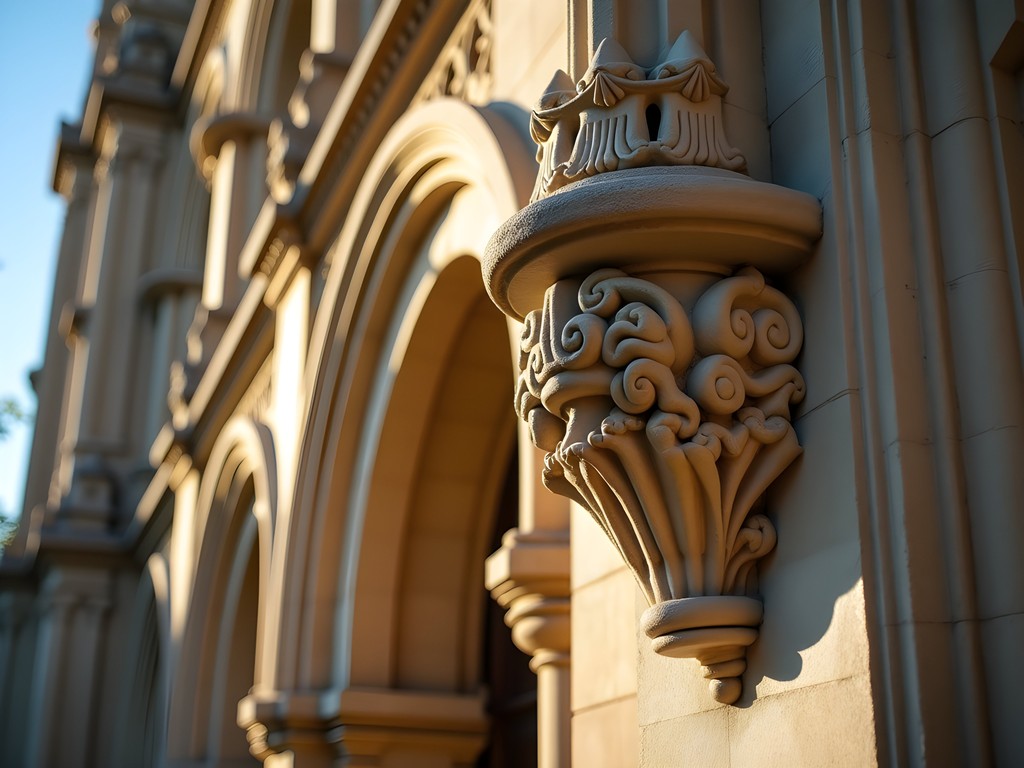
💡 Pro Tips
- Visit the campus on Sunday mornings when it's quietest for unobstructed architectural photography
- The Bond Hall gallery frequently features architectural exhibits worth exploring
- Don't miss the Cedar Grove Cemetery on campus—its Gothic gates and landscaping reflect 19th-century memorial garden design
Neighborhoods in Transition: Urban Exploration Beyond Downtown
While downtown South Bend has received the most visible investment, the city's neighborhoods tell equally compelling stories of decline, perseverance, and renewal. As someone who has documented urban transitions across North America, I find these residential areas particularly revealing of a city's true character.
The Near Northwest Neighborhood represents community-driven revitalization at its most authentic. Here, a nonprofit organization has systematically purchased and restored homes that might otherwise have faced demolition. Walking these streets, I noted the careful balance between preservation and accessibility—historic details maintained where possible, but with pragmatic updates that make century-old homes viable for modern families.
In contrast, the East Bank neighborhood demonstrates more rapid transformation. Once industrial, now increasingly upscale, this area along the St. Joseph River features converted warehouses, new construction, and the kind of coffee shops that signal neighborhood change. I spent a thoughtful morning at The General, a café housed in a former furniture store, watching the neighborhood's diverse morning routines unfold.
For those interested in urban exploration photography, I recommend bringing a camera rain cover for unpredictable Midwest spring weather. Several of my most compelling shots of neighborhood transitions came during light rain, when wet pavements reflected historic buildings and created atmospheric compositions.
The LaSalle Park neighborhood offers perhaps the most complex narrative, with blocks of well-maintained historic homes adjacent to areas still awaiting investment. Here, community gardens occupy vacant lots—temporary interventions that nonetheless create beauty and function in transitional spaces. I was particularly moved by the Urban Garden Initiative sites, where neighborhood children learn cultivation skills while providing fresh produce in former food deserts.
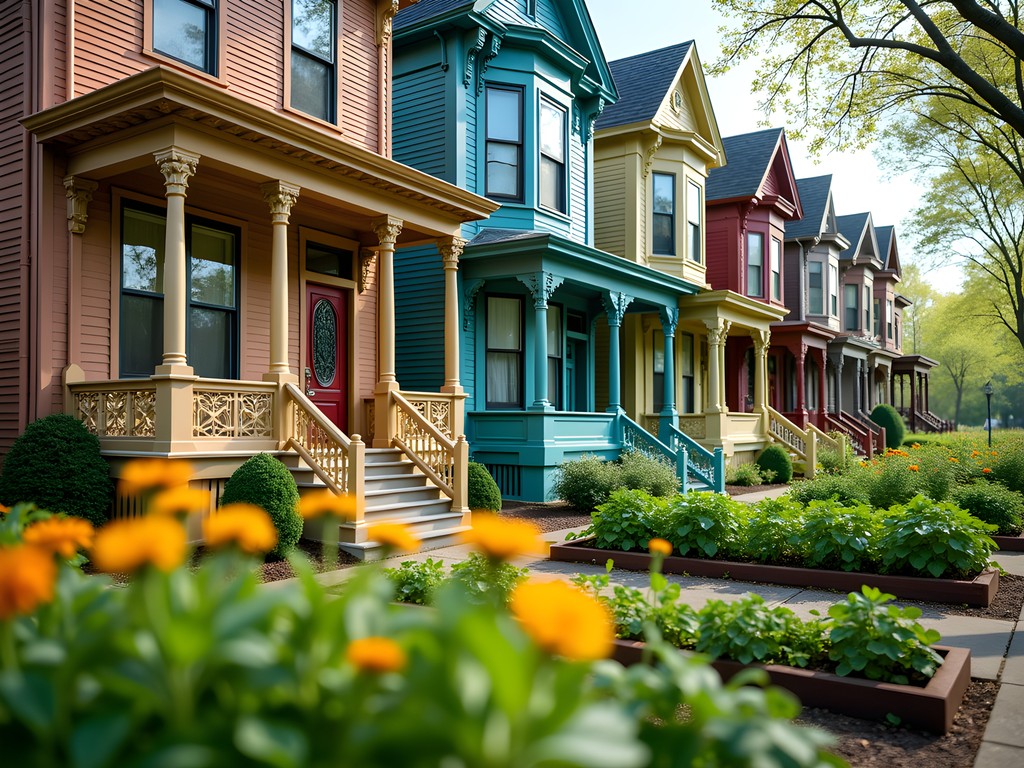
💡 Pro Tips
- The Near Northwest Neighborhood hosts periodic home tours—check their website for dates
- Respect privacy when photographing residential areas—focus on architectural details rather than occupied homes
- The Local Cup in the Near Northwest operates on a pay-it-forward model and offers excellent insight into community dynamics
Final Thoughts
South Bend offers a masterclass in how mid-sized post-industrial cities can honor their past while crafting a sustainable future. Like a well-edited manuscript, the city retains its most compelling historical elements while making thoughtful revisions that enhance rather than obscure its authentic character. What struck me most was how architectural preservation here isn't merely aesthetic—it's deeply practical, finding new purposes for old spaces and creating continuity across generations. As someone who has documented endangered landscapes and cultural practices worldwide, I find hope in South Bend's approach to urban renewal—one that values both built heritage and community needs. Whether you're drawn to industrial history, architectural details, or simply the narrative of American urban evolution, South Bend offers a weekend journey through time that will leave you reconsidering your own hometown with fresh eyes.
✨ Key Takeaways
- South Bend's architectural heritage spans multiple eras, from Victorian mansions to repurposed industrial spaces
- The city demonstrates thoughtful adaptive reuse of historic structures rather than demolition and replacement
- Neighborhood exploration reveals community-driven revitalization efforts beyond the more visible downtown investments
- The St. Joseph River has been transformed from industrial corridor to recreational centerpiece
📋 Practical Information
Best Time to Visit
April-June (spring)
Budget Estimate
$150-250/day for accommodations, meals, and activities
Recommended Duration
2-3 days
Difficulty Level
Intermediate

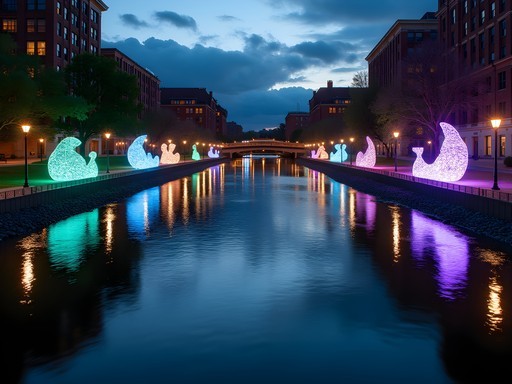
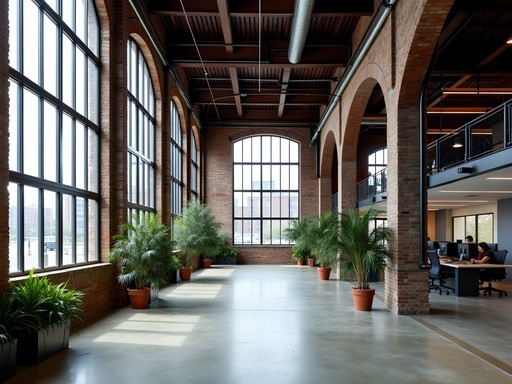

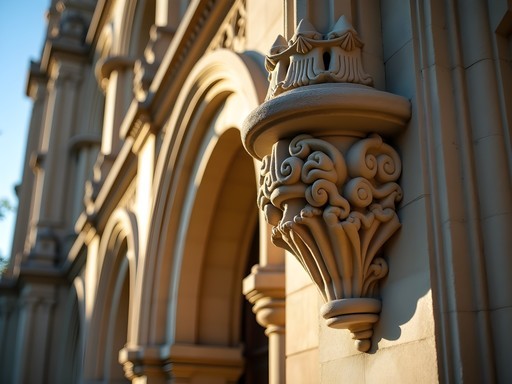



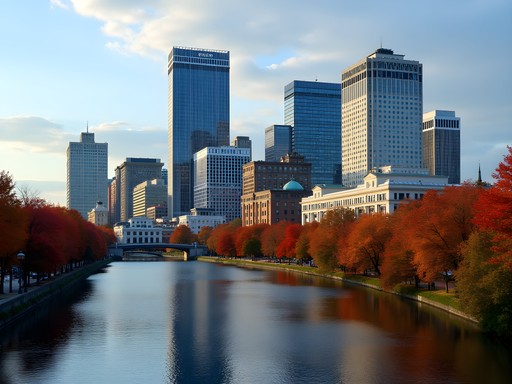

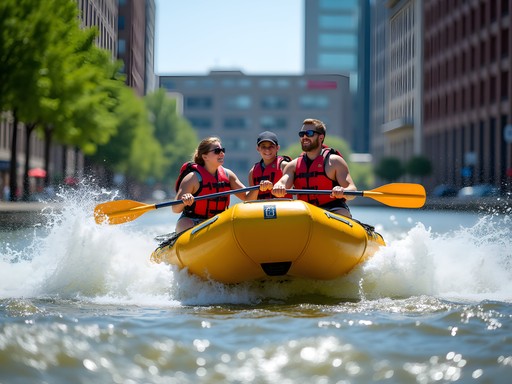





Comments
wilddiver
Those Art Deco buildings look amazing! Adding to my Midwest road trip list.
coffeeone
Do it! And if you go, don't miss the County Courthouse - the murals inside are incredible.
coffeeone
Just got back from South Bend last week and this post is spot on! The river area at night with all the lights was magical - we stumbled upon a small concert at the island park. Definitely recommend the walking tour of the West Washington district. Those mansions are incredible and the guide knew so many stories about the families who built them. We stayed at an Airbnb in one of the converted Studebaker buildings and it was such a cool experience. The South Bend Architecture Guide was super helpful for self-guided tours. Notre Dame campus was beautiful but I'm glad we explored beyond it.
adventureking
Is the river walk accessible year-round? Planning a visit in January and wondering if it's worth bundling up for or if I should stick to indoor attractions?
Leah Clark
The riverwalk is technically open year-round, but Indiana winters can be brutal! If you're there in January, I'd recommend focusing on the indoor attractions like the History Museum and Studebaker Museum, then maybe catching sunset views of the river from inside The View Cafe. The light installations are actually quite beautiful with snow!
adventureking
Thanks for the tips! Will definitely check out those museums. Any good coffee shops near the riverwalk where I can warm up?
Leah Clark
Absolutely! Try Zen Cafe or Chocolate Cafe downtown - both have great views and amazing hot drinks. Perfect for winter!
Frank Garcia
Fascinating analysis of South Bend's architectural evolution. The juxtaposition of industrial heritage with academic Gothic is something I've observed in several post-industrial American cities, but South Bend seems to have embraced this contrast particularly well. The Studebaker buildings repurposing is reminiscent of Manchester's Northern Quarter transformation - taking industrial spaces and breathing new cultural life into them without erasing their history. I'm curious how the town-gown relationship functions here compared to other university towns I've documented. Notre Dame clearly dominates the identity, but it seems the city is carving out its own narrative beyond the campus.
Jean Wells
What a thoughtful analysis of South Bend's architectural evolution. I visited last year while researching mid-sized American city revivals, and your observations about the palimpsest-like quality of the industrial spaces is spot on. The contrast between Notre Dame's neo-gothic grandeur and the adaptive reuse of the Studebaker complex creates a fascinating architectural dialogue. I found the East Race Waterway project particularly interesting as a model for urban river restoration. I documented much of my visit with my mirrorless camera which handled the interior/exterior lighting challenges beautifully. Your section on the Art Deco buildings downtown deserves special praise - these often-overlooked gems tell an important story about the city's boom years. Excellent post that goes beyond the obvious tourist spots!
Leah Clark
Thank you for such a thoughtful comment, Jean! You're absolutely right about the East Race Waterway - it's a remarkable example of urban river restoration. The architectural dialogue between different eras is what makes South Bend so special. Would love to see some of your photos sometime!
starbuddy
Never thought of South Bend as a destination! Notre Dame, yes, but the rest? Eye-opening post!
Frank Garcia
Same here! I've only ever associated it with the university. The industrial heritage angle looks fascinating.
starbuddy
Right? The Studebaker stuff looks cool. Might be worth a weekend trip after all.
springexplorer
Great post! I'm planning a weekend in South Bend this fall. Is the riverfront area walkable from downtown hotels? And how much time would you recommend for exploring the Studebaker buildings?
Leah Clark
Yes! The riverfront is very walkable from downtown hotels - maybe 5-10 minutes max. For the Studebaker complex, I'd set aside at least 2-3 hours, especially if you want to visit the museum. The weekend farmers market nearby is worth checking out too if your timing works!
springexplorer
Perfect, thanks for the tips! Adding the farmers market to my list now.
dreambackpacker
Wow, never thought I'd see South Bend on a travel blog! Visited last fall and was blown away by the river walk and those old Studebaker buildings. The lighting at night along the river is magical! Notre Dame is beautiful but totally agree there's so much more to see. The old courthouse and that art deco train station were my favorites. Did you get to try the food at the Cafe at the Overlook? Amazing views of the river from there!
Leah Clark
So glad you enjoyed South Bend too! Yes, the Cafe at the Overlook is fantastic - those river views are unbeatable, especially at sunset. The Studebaker buildings really capture that industrial-to-arts transformation that makes the city special.
dreambackpacker
Exactly! Those sunset views are perfect. Did you check out any of the local breweries? Found some gems there too.
cityninja
Just booked my trip for next month! Can't wait to check out the river renaissance area you mentioned.
escapequeen
This post came at the perfect time! I'm visiting Notre Dame with my daughter for a college tour next month and was wondering if we should add extra days to explore South Bend. Definitely doing it now! How walkable is the downtown area? Is it easy to get around without a car?
Leah Clark
Hi escapequeen! The downtown core is very walkable - you can easily spend a day exploring on foot. For reaching spots like the Studebaker Museum or some of the outlying neighborhoods, they have a decent bus system. I'd recommend at least 1-2 extra days beyond the Notre Dame tour!
escapequeen
Perfect! We'll plan for 2 extra days then. Thanks Leah!
Venture X
Premium card with 2X miles, $300 travel credit, Priority Pass